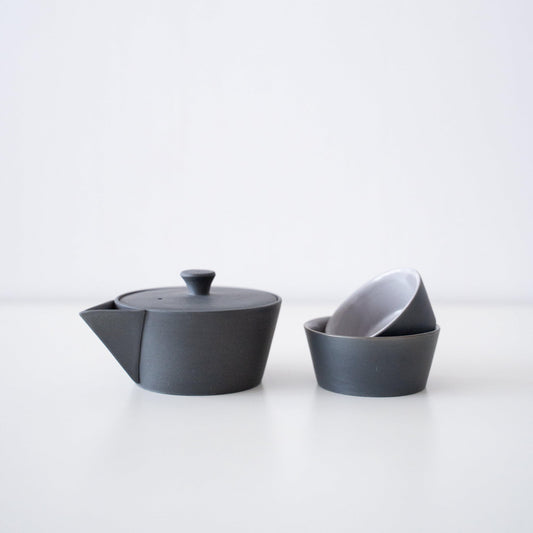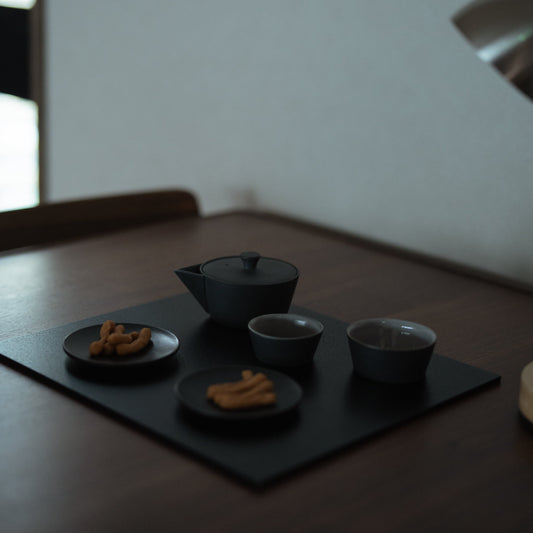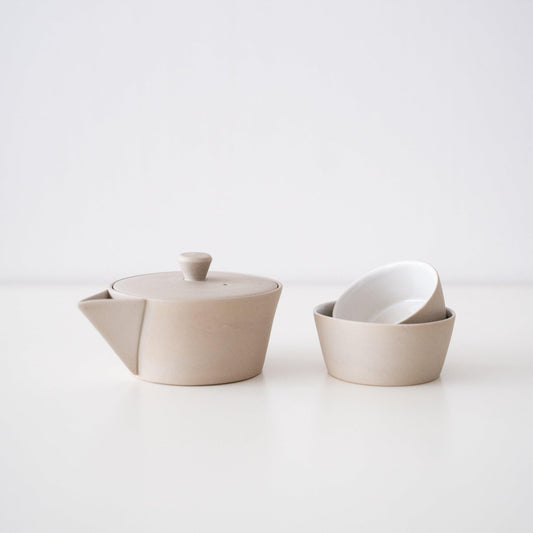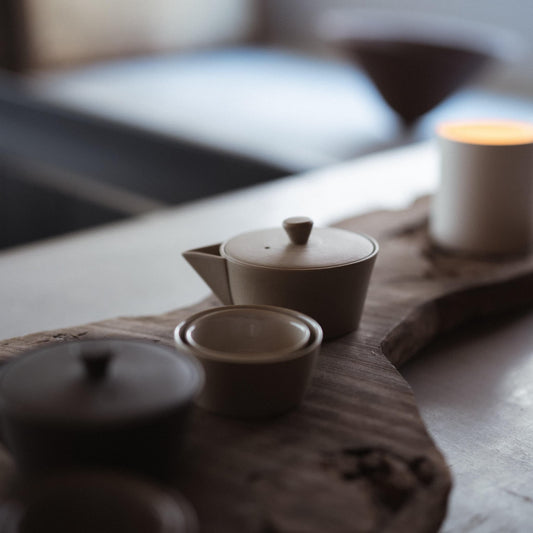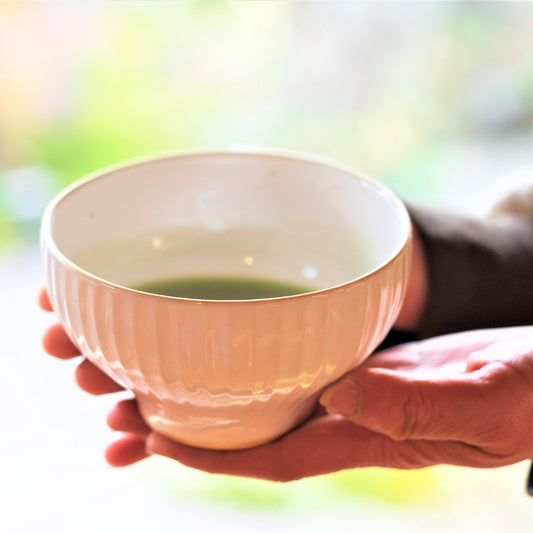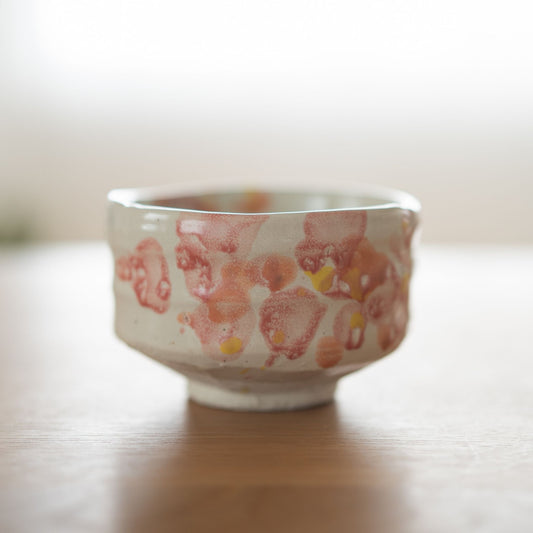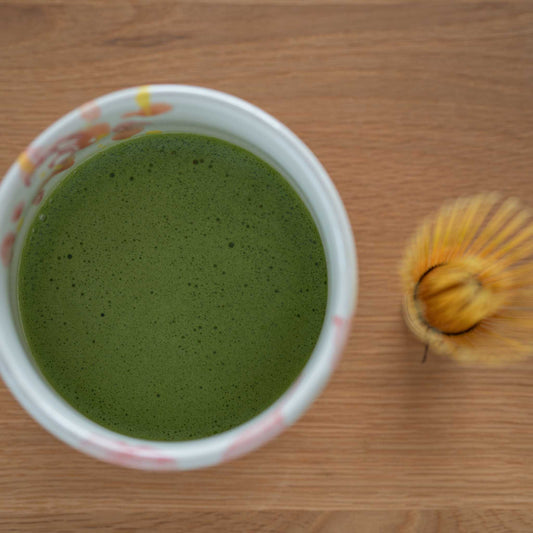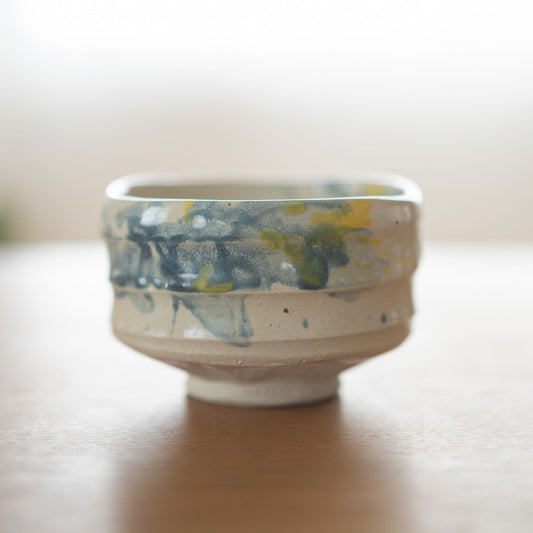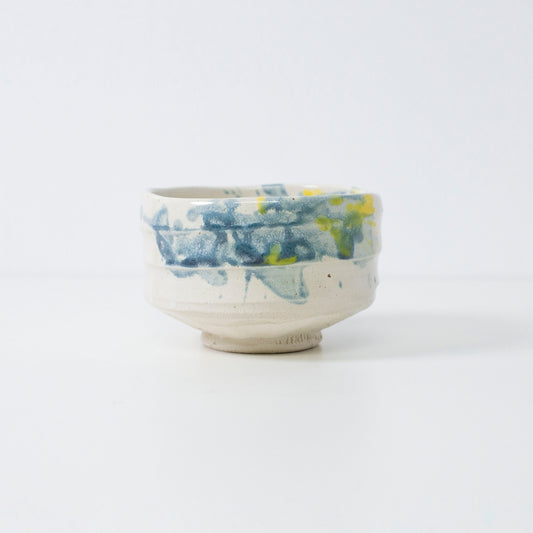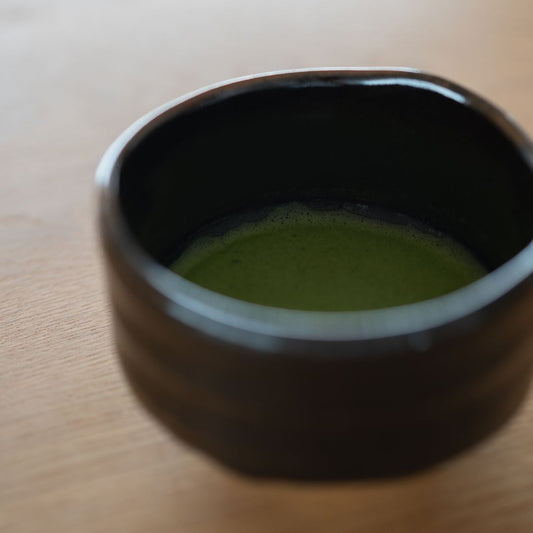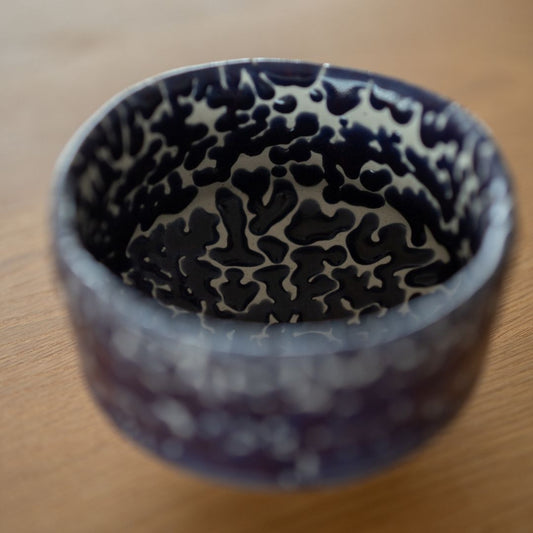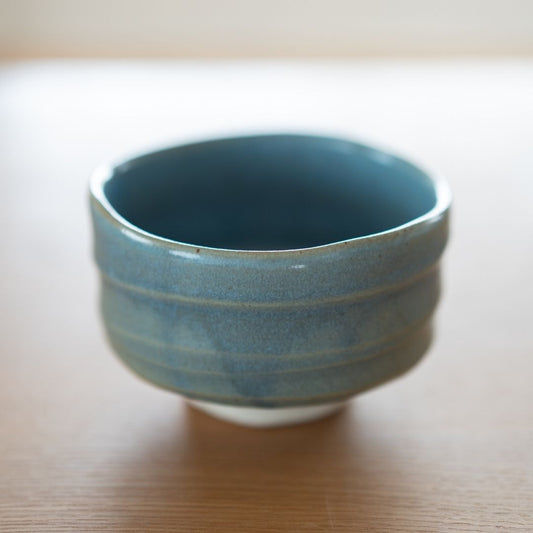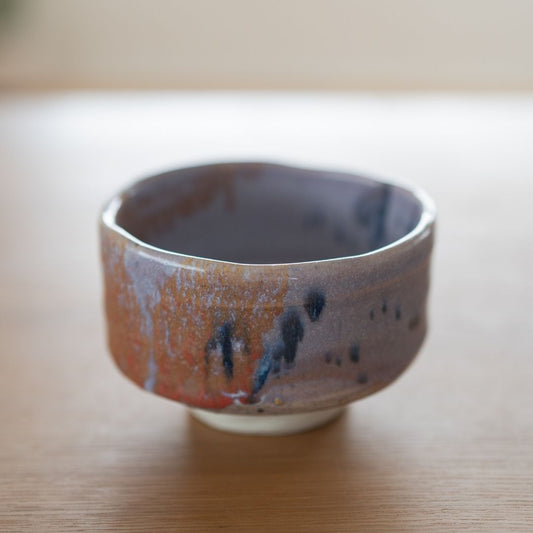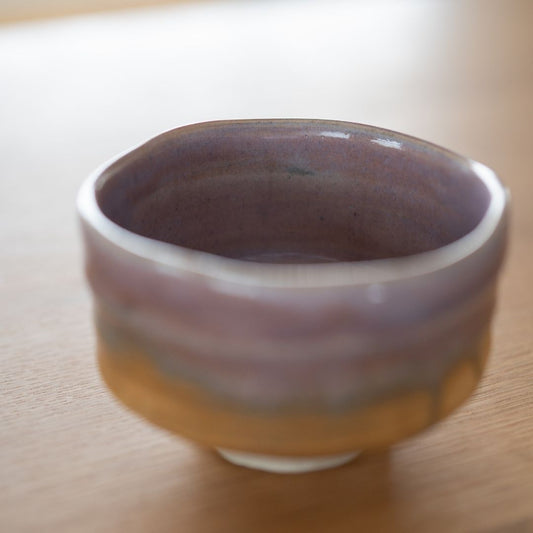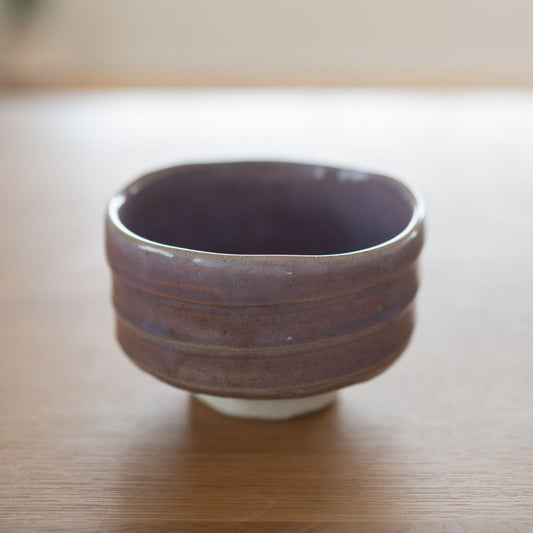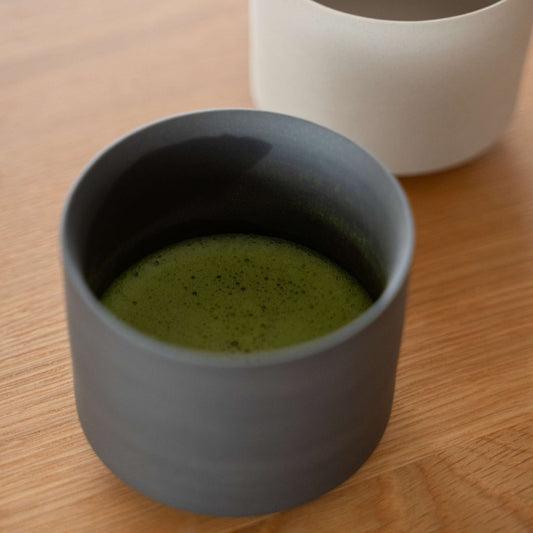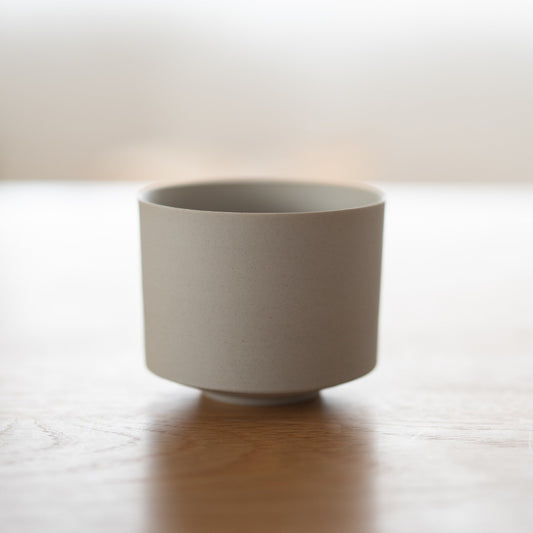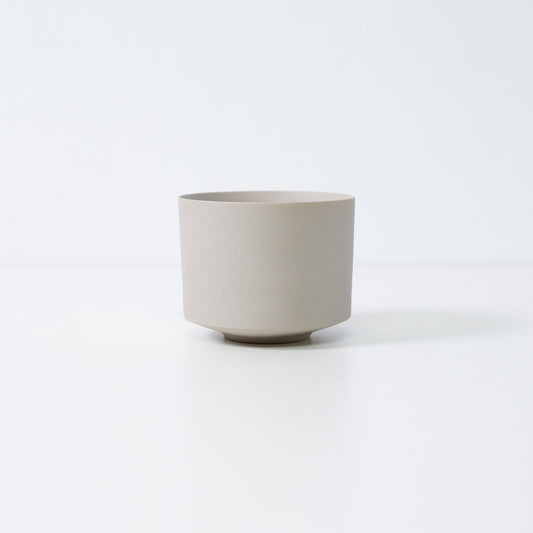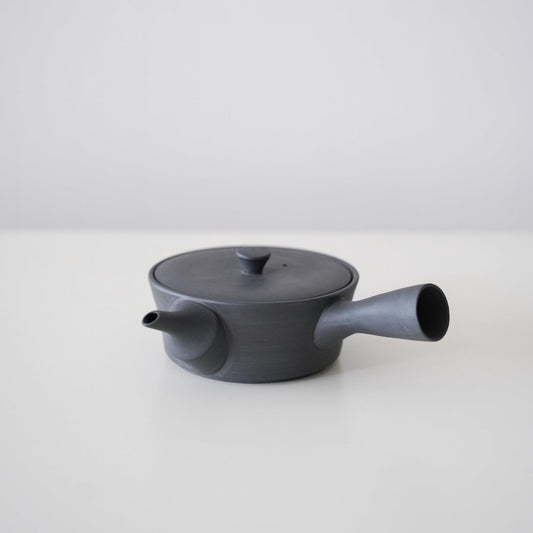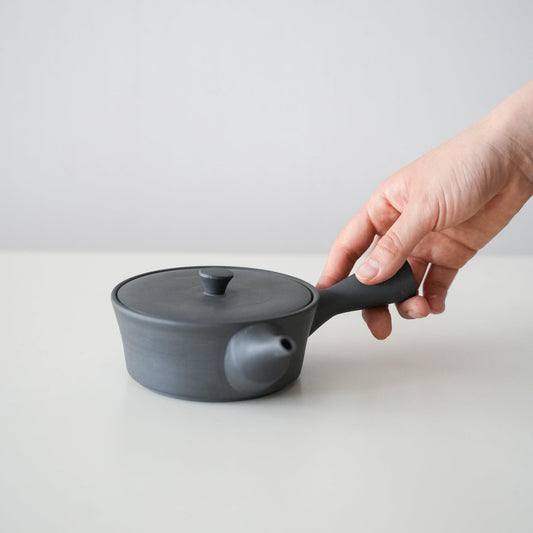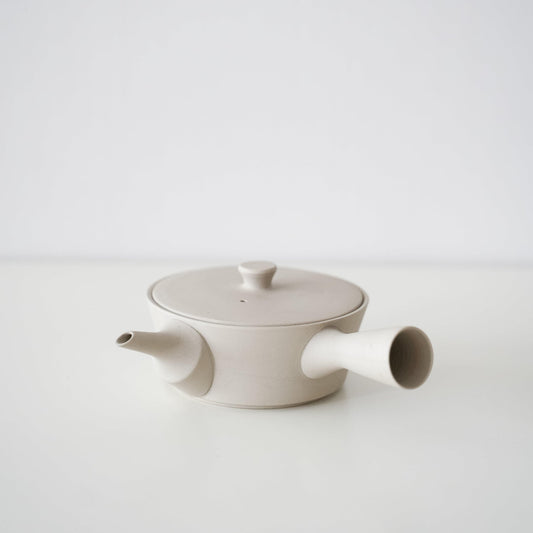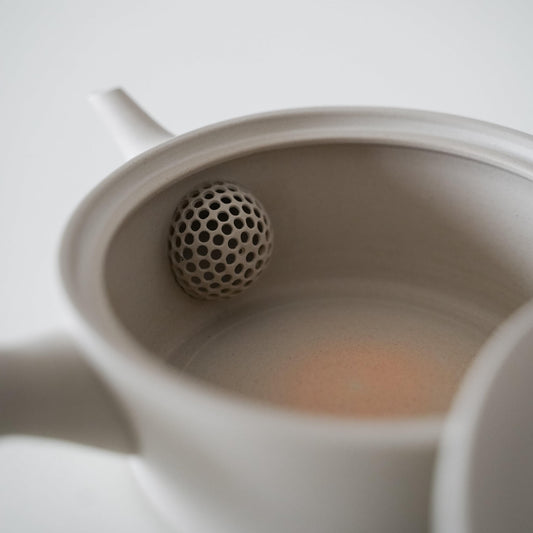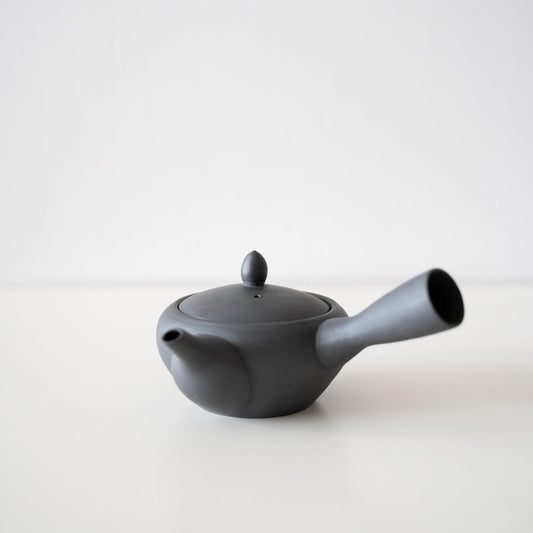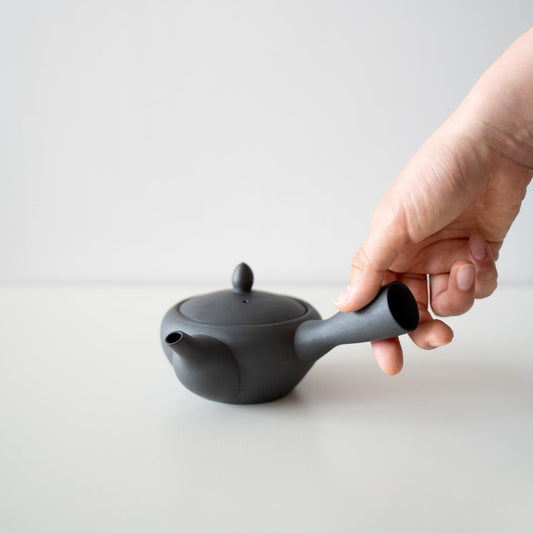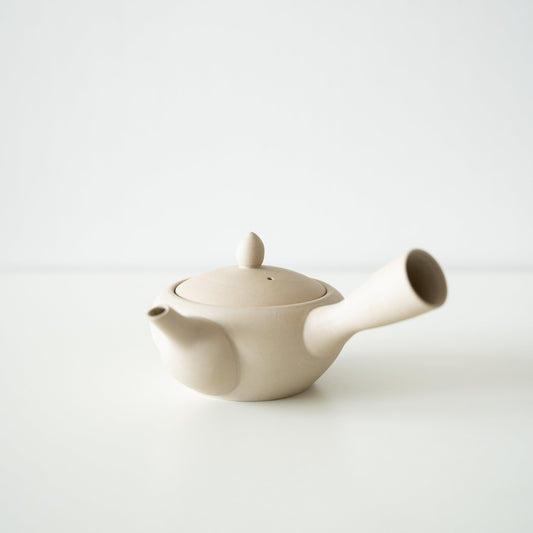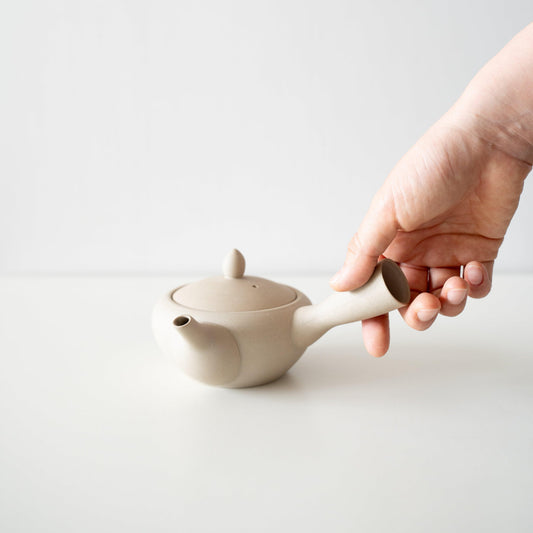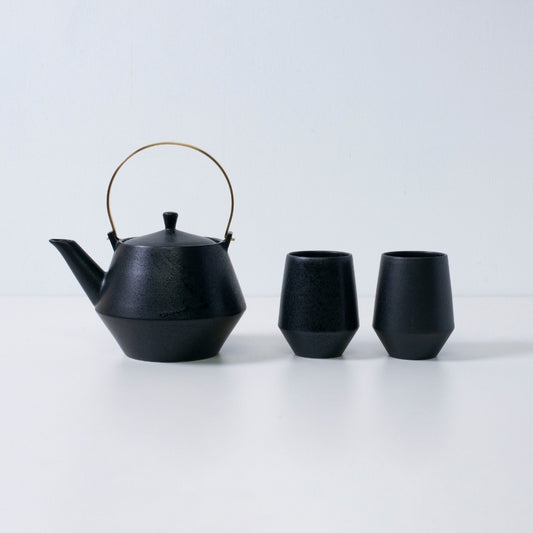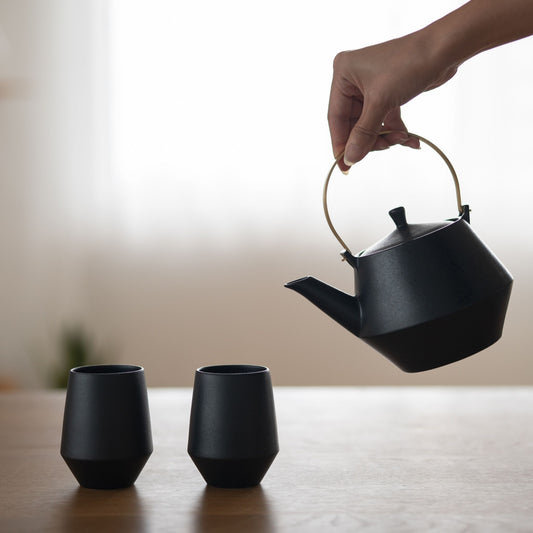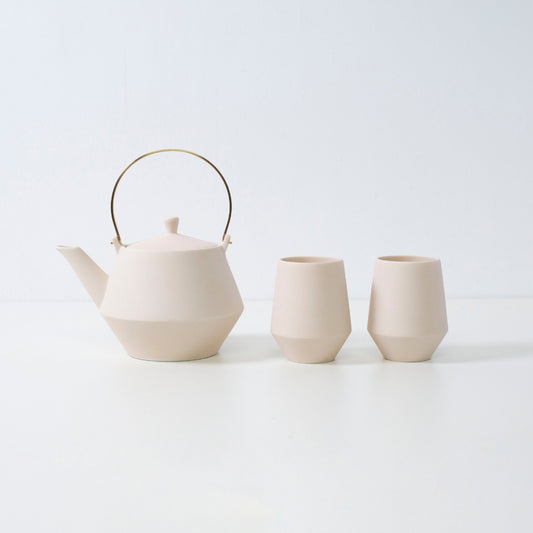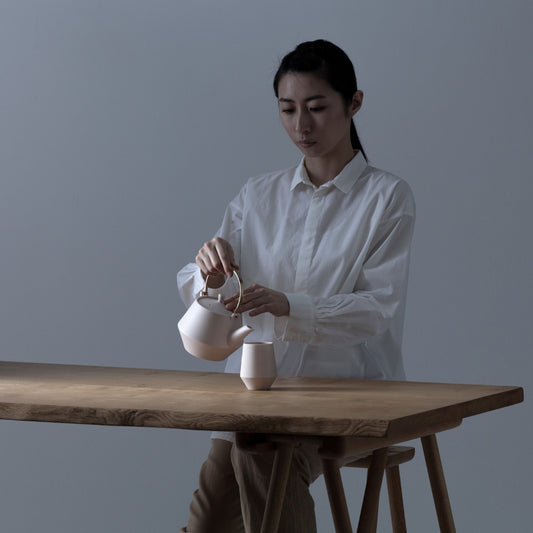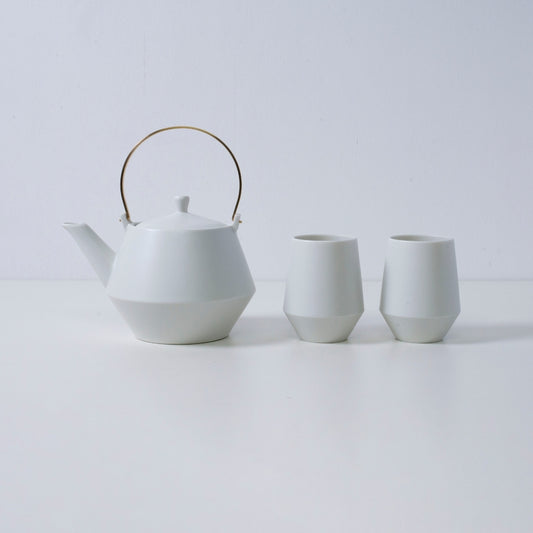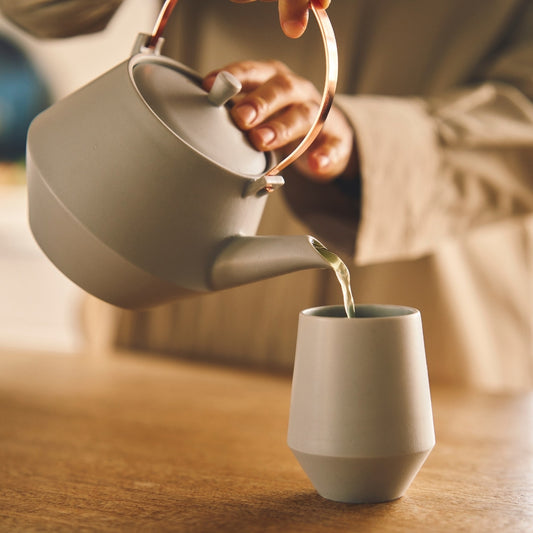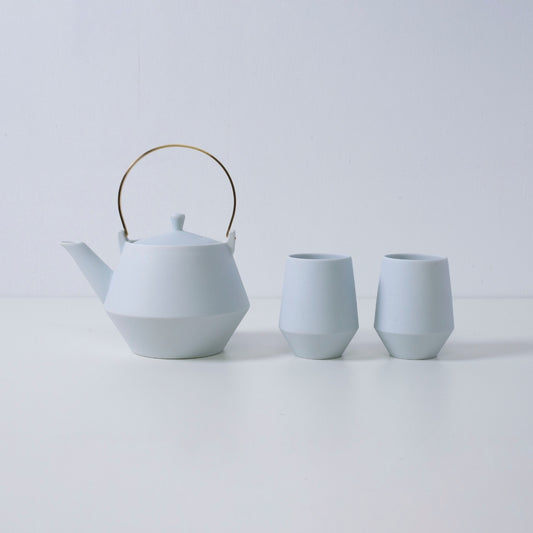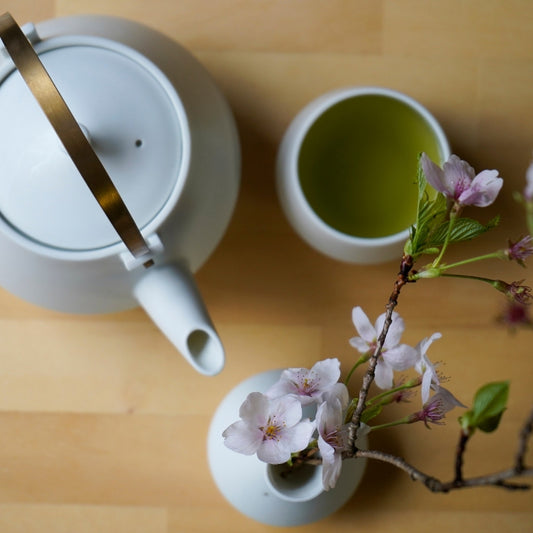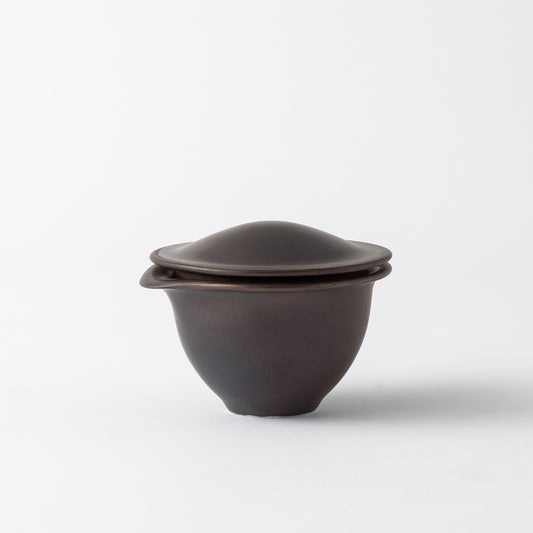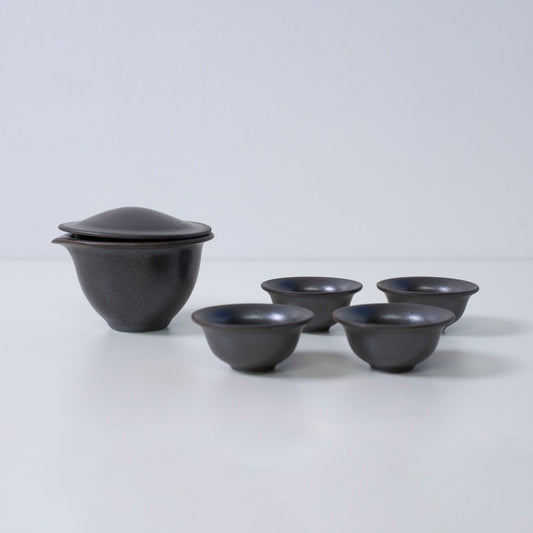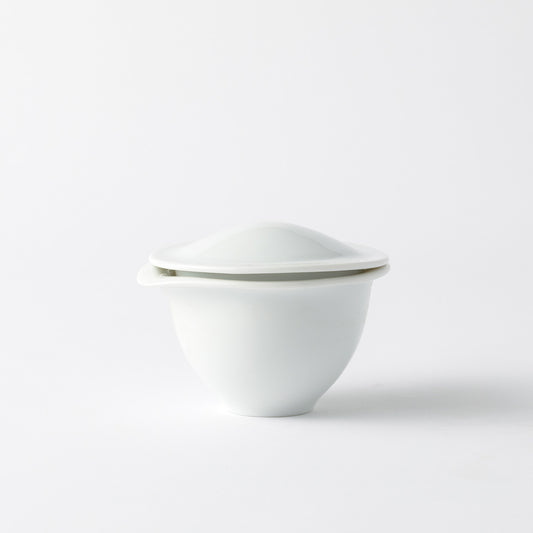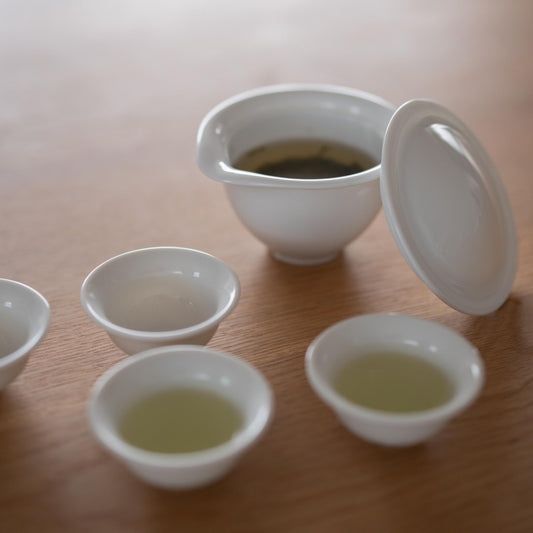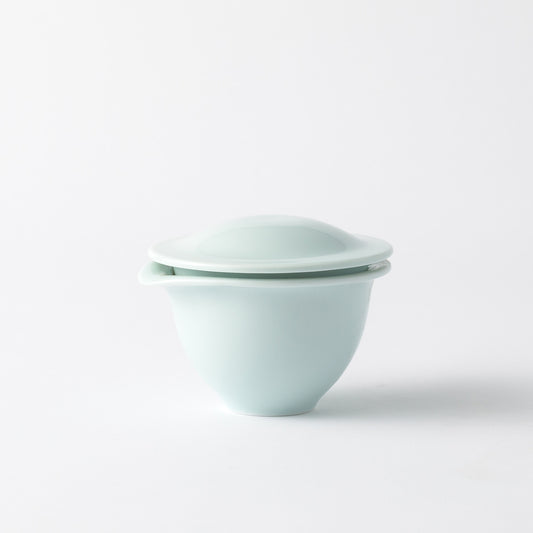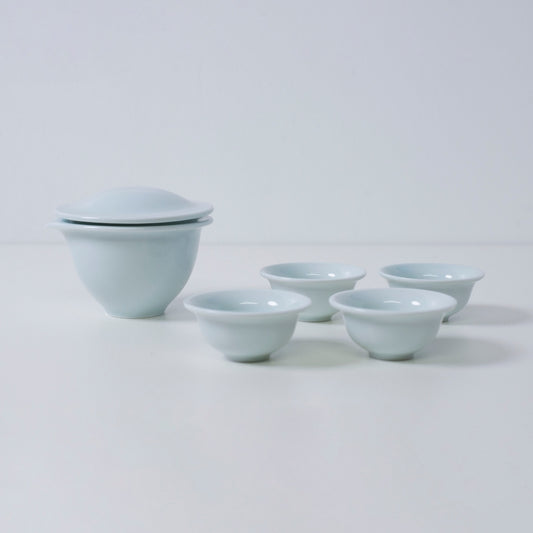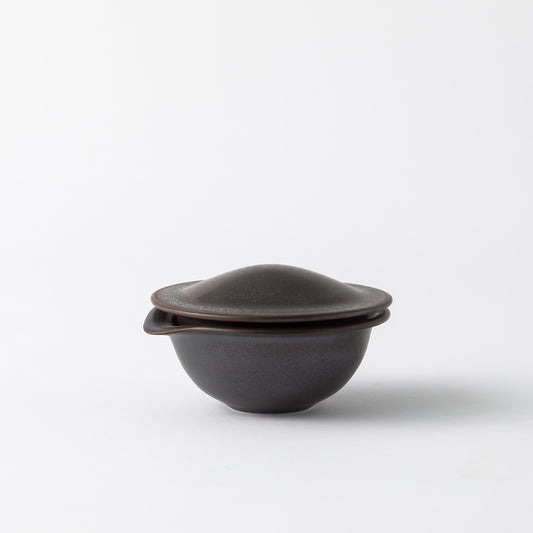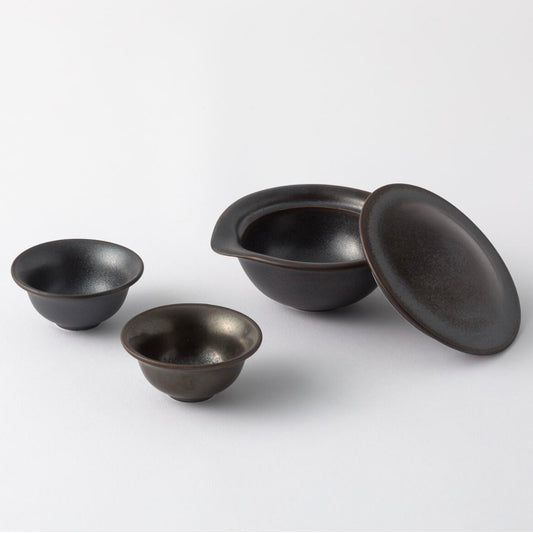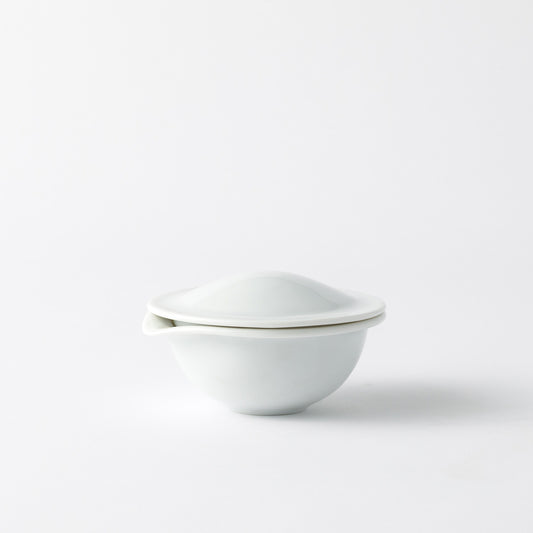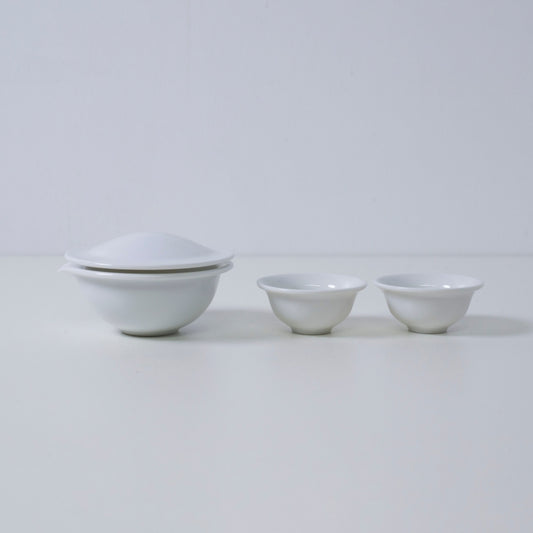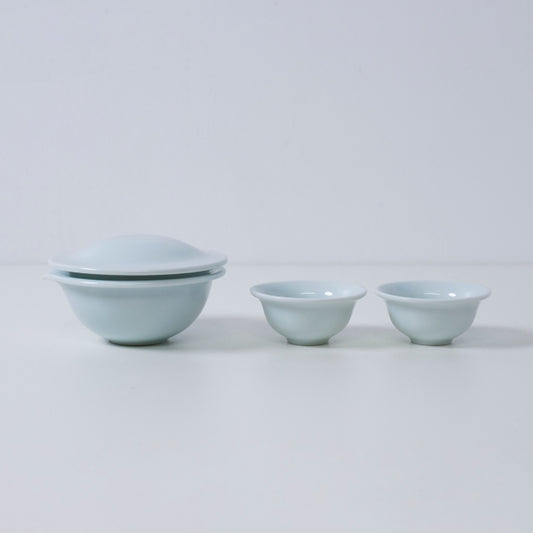Collection: Japanese Tea Sets & Teaware
-
Japanese Nested Tea Set (Teapot and Teacups) - Black
Regular price $140 USDRegular price$160 USDSale price $140 USDSale -
Japanese Nested Tea Set (Teapot and Teacups) - White
Regular price $140 USDRegular price$160 USDSale price $140 USDSale -
Japanese Matcha Bowl "Waraku" Moon
Regular price $250 USDRegular price -
Japanese Matcha Bowl "Waraku" Snow
Regular price $250 USDRegular price -
Japanese Matcha Bowl "Waraku" Flower
Regular price $250 USDRegular price -
Japanese Matcha Bowl "Flower"
Regular price $100 USDRegular price -
Japanese Matcha Bowl "Splash"
Regular price $100 USDRegular price -
Japanese Matcha Bowl "Forest"
Regular price $100 USDRegular price -
Japanese Matcha Bowl "Yuzu Black"
Regular price $100 USDRegular price -
Japanese Matcha Bowl "Midnight Blue Kairagi"
Regular price $100 USDRegular price -
Japanese Matcha Bowl "Summer Sky"
Regular price $100 USDRegular price -
Japanese Matcha Bowl "Navy & Red Splash"
Regular price $100 USDRegular price -
Japanese Matcha Bowl "Pale Violet Haze"
Regular price $100 USDRegular price -
Japanese Matcha Bowl "Pale Violet"
Regular price $100 USDRegular price -
Japanese Matcha Bowl Black
Regular price $90 USDRegular price -
Japanese Matcha Bowl White
Regular price $90 USDRegular price -
Japanese Sencha Teapot (with built-in tea strainer) - Black
Regular price $130 USDRegular price -
Japanese Sencha Teapot (with built-in tea strainer) - White
Regular price $130 USDRegular price -
Japanese Teapot (Kyusu) with Tea Strainer - Black
Regular price $120 USDRegular price -
Japanese Teapot (Kyusu) with Tea Strainer - White
Regular price $120 USDRegular price -
Japanese Teapot & Yunomi Teacups Set - Black
Regular price $200 USDRegular price -
Japanese Teapot & Yunomi Teacups Set - Pink
Regular price $200 USDRegular price -
Japanese Teapot & Yunomi Teacups Set - White
Regular price $200 USDRegular price -
Japanese Teapot & Yunomi Teacups Set - Pale Blue
Regular price $200 USDRegular price -
Japanese Hōhin Tea Set for Four - Black
Regular price $140 USDRegular price -
Japanese Hōhin Tea Set for Four - White
Regular price $140 USDRegular price -
Japanese Hōhin Tea Set for Four - Pale Blue
Regular price $140 USDRegular price -
Japanese Hōhin Tea Set for Two - Black
Regular price $100 USDRegular price -
Japanese Hōhin Tea Set for Two - White
Regular price $100 USDRegular price -
Japanese Hōhin Tea Set for Two - Pale Blue
Regular price $100 USDRegular price
Recently Viewed Products
More to Explore
-
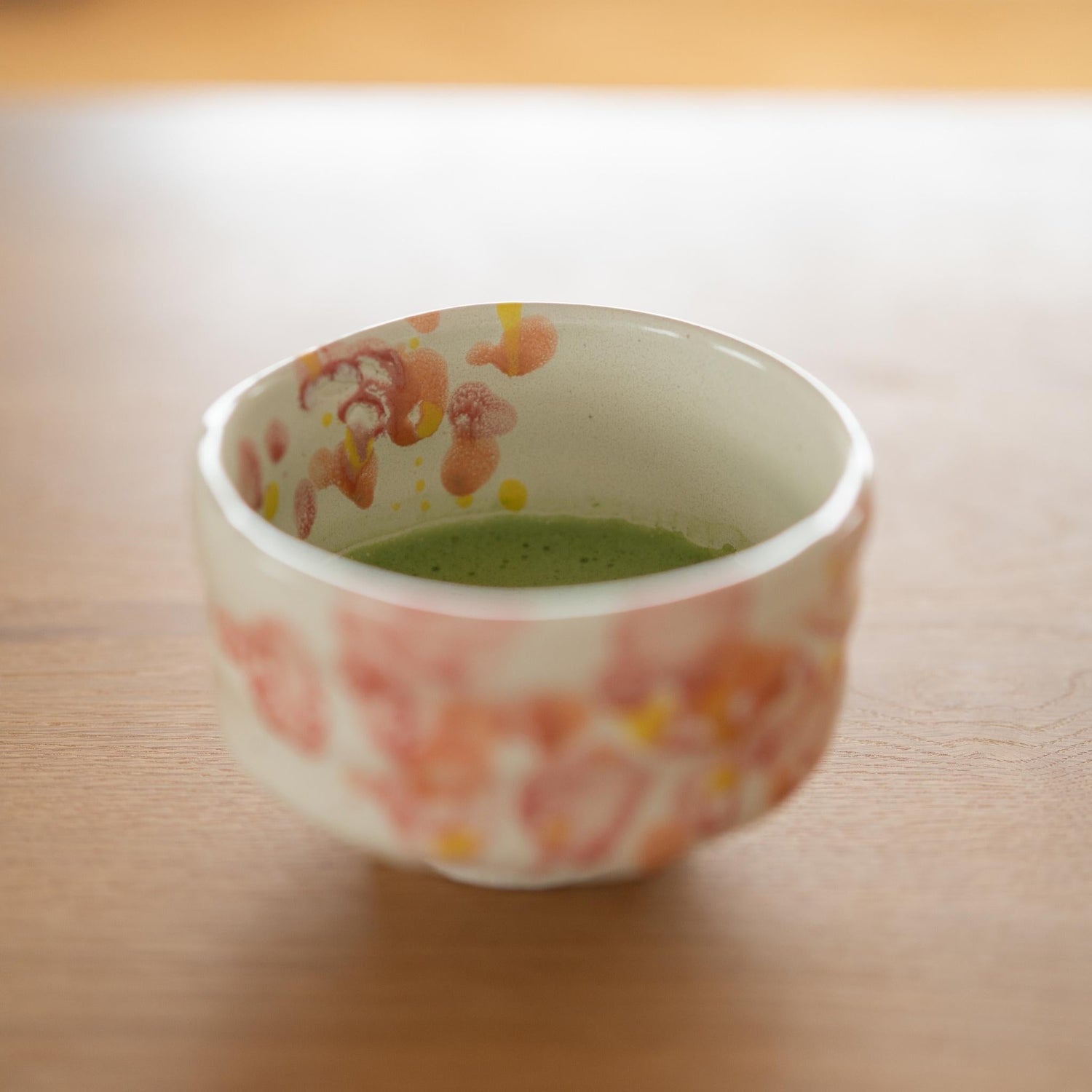
Matcha Bowl
What is a Matcha Bowl? Why Not Just Use a Regular Cup?...
-

Japanese Coffee Cup & Coffee Dripper
Japanese Coffeeware Coffee was introduced to Japan by Dutch traders around the...
-
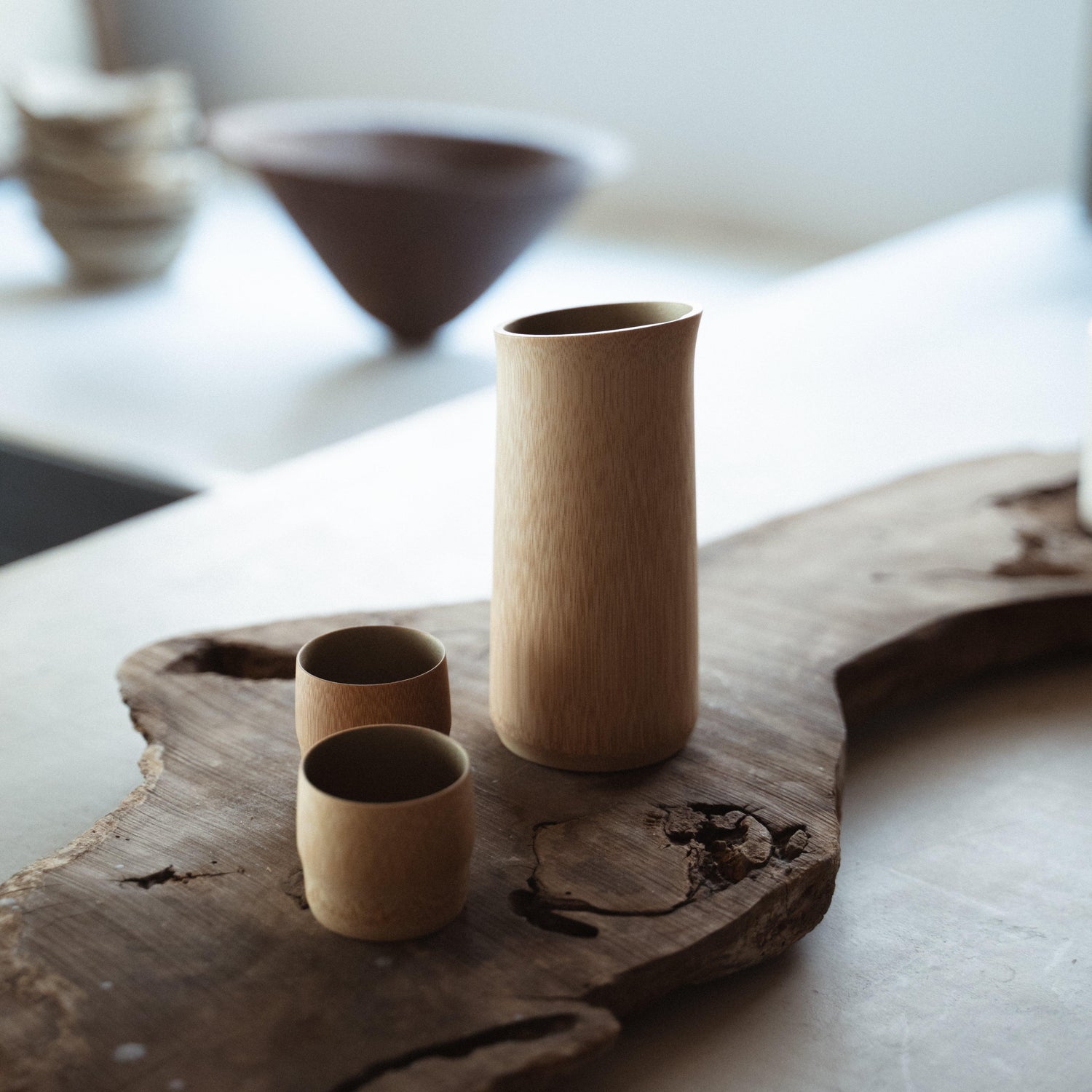
Japanese Sake Set
Japanese Sake Set In Japan, the enjoyment and methods of consuming sake...
Japanese Teapots and Teacups
The evolution of Japanese teaware is a testament to the country's love affair with tea. From the casual enjoyment of Sencha to the ceremonial preparation of Matcha, each type of Japanese tea has teaware designed to enhance its unique qualities. Historically, as the practice of tea drinking evolved from the courts and samurai class to become a widespread cultural activity, so too did the variety and complexity of teaware.
Japanese teapots, known as kyusu, are crafted to bring out the best in each brew, with features tailored to different types of tea—such as fine filters for sencha or larger pots for brewing bancha. Tea cups, on the other hand, range from the delicate porcelain used in the tea ceremony to the robust and earthy cups favored for everyday use. Materials like clay, porcelain, and bamboo are chosen for their ability to affect the tea's temperature, flavor, and aroma, demonstrating the thoughtful integration of form, function, and beauty.
The choice of teaware also reflects the season, the occasion, and the tea itself, with warmer, earth-toned vessels preferred in the autumn and cooler, porcelain ones in the summer. This sensitivity to the natural world is a key element of the tea experience, embodying the wabi-sabi philosophy of finding beauty in imperfection and transience.
Characteristics and Uniqueness of Japanese Tea Sets
The Diversity of Materials in Japanese Teapot and Teacup Set
Ceramic: Warmth and Flavor Enhancement
Ceramic tea wares are cherished for their earthy warmth and excellent heat retention. Perfectly suited for green tea or roasted tea (hojicha), their texture enhances the flavors of tea, earning the admiration of tea enthusiasts. Handcrafted ceramics add unique character to each piece, bringing a sense of warmth and personality to tea time.
Porcelain: Refined Elegance and Durability
Porcelain tea wares are prized for their smooth surface and high durability. Ideal for occasions that call for a sense of luxury, their lustrous finish and sophisticated designs reflect traditional Japanese aesthetics while blending seamlessly into modern interiors.
Glass: A Visual Delight for Tea Leaves
Glass tea wares offer a transparent aesthetic, allowing the beauty of the tea leaves to be visually appreciated. These are particularly suited for showcasing vibrant or elegant tea leaves and are easy to clean, resisting aroma transfer. Glass tea wares are also a favorite for chilled tea during summer.
Metal: A Fusion of Practicality and Traditional Beauty
Tea wares made from metals such as cast iron or stainless steel are celebrated for their excellent heat conductivity and practicality. Designs inspired by traditional craftsmanship, such as those in Nanbu Tekki cast ironware, combine utility with beauty. Cast iron tea pots, in particular, are valued for their heat retention and flavor-enhancing properties.
Sophisticated Design of Japanese Teapot Set
Simple and Functional Design
Japanese tea wares emphasize simplicity while achieving functional elegance. The handles and spouts of teapots are thoughtfully designed for ease of pouring, enhancing the overall tea experience with both practicality and beauty.
Artistic Reflection of Japanese Aesthetics
Designs inspired by nature’s forms and colors add a visual charm to Japanese tea wares. From traditional patterns to contemporary styles, tea wares serve as both functional tools and artistic expressions.
Sustainability-Conscious Design
In recent years, tea wares made from recycled materials and eco-friendly designs have gained popularity. These innovations align with sustainable lifestyles, adding a fresh dimension to the appeal of Japanese tea wares.
Functional Features of Japanese Teapot Set
Tailored for Specific Tea Leaves
Teapots and tea cups are crafted to suit different types of tea leaves and brewing methods. Teapots often feature wide bases to allow leaves to expand fully, while tea cups are shaped for comfortable sipping and flavor enjoyment.
Technology to Enhance Flavor
Some tea wares are engineered with special features to extract the fullest flavor from tea leaves. For example, teapots with advanced filter designs ensure smooth pouring while minimizing clogging, enhancing usability.
High Durability and Convenience
Modern tea wares incorporate advanced technologies, offering features like heat retention and easy cleaning. These innovations make Japanese tea wares well-suited for contemporary lifestyles.
Cultural Significance of Japanese Teapot Set
Embodying the Spirit of Tea Ceremony
Japanese tea wares play a vital role in the culture of tea ceremonies, which emphasize aesthetics and spirituality. They serve as central elements of the ritual, symbolizing tranquility and harmony.
Symbols of Regional Culture and Tradition
Tea wares produced in specific regions, such as Arita-yaki or Mashiko-yaki, represent the unique traditions and cultures of their origins. The distinctive techniques and designs of these regions are highly esteemed.
A Bridge Between History and the Future
Tea wares that blend traditional craftsmanship with modern design embody both historical value and forward-thinking innovation. As a result, they continue to serve as cultural heritage while evolving with the times.
Types of Japanese Teapots and Teacups
Teapots (Kyusu)
- Yokode Kyusu: A common teapot with a side handle, easy to pour with one hand.
- Ushirode Kyusu: Similar in shape to a Western teapot, allowing for stable pouring.
- Uwate Kyusu: Large capacity, ideal for tea ceremonies with multiple people.
- Hobin: A handleless teapot used for brewing high-grade teas and matcha.
- Materials: Stoneware, porcelain, pottery, cast iron, each with its own characteristics.
Teacups (Yunomi)
- Kumidashi: Small, low teacups used for guests.
- Everyday Yunomi: Available in various sizes, materials, and designs.
- Materials: Pottery, porcelain, glass, chosen according to purpose.
How to Choose Japanese Teapots and Teacups
- Purpose: Choose according to your needs, whether for everyday use, serving guests, or as a gift.
- Design: Select a design that matches your preferences and interior décor.
- Material: Consider heat retention, durability, and impact on the taste of tea.
- Size: Choose according to the number of people and the amount of tea consumed.
Other Considerations
- The tightness of the teapot lid and ease of pouring are also important factors.
- Choose the type of tea strainer according to the type of tea and your preference.
- When choosing yunomi, consider the feel on the lips, ease of holding, and design.

